1. Surely many of you are familiar with the weekly "talk" sessions of the "Saturday Coffee" club founded by musician Duong Thu. I was fortunate to have two talks here. The first time was three years ago, at the suggestion of Professor Tran Xuan Hoai. The second time took place exactly one year ago, when Mr. Duong Thu texted me again suggesting a talk about Dong Son in preparation for the 100th anniversary of the discovery and research of Dong Son culture. I happily accepted because I also wanted to start the recognition of Dong Son culture after 100 years, with a topic that deserves attention "Historical events that took place during the existence of Dong Son culture in Vietnam".
The historical events of Dong Son are closely linked to the great upheavals of the entire East Asia region with the events of the end of the Warring States period and the birth of the Qin Empire in ancient China (5th - 3rd century BC). The southern vassal states of the Zhou Empire located along the most fertile basins of the Yangtze River (Truong Giang) such as Ba Thuc, So, Ngo, Viet... were successively destroyed or annihilated each other, creating a period of continuous war that directly affected the "non-Chinese" world in the Lingnan region (collectively called Bach Viet) and Southwest Di (Bach Boc). In which, the beginning was the disintegration of the ancient Ba Thuc state in the middle of the 5th century due to the invasion of the Qin state.

Dong Son warrior statue. Left image: Male warrior carrying a battle axe on a dagger handle (collection of Dong Son Drum Restaurant, Hanoi). Right image: Warrior wearing a dagger, with enemy skulls hanging on his back (Pham collection, Paris, France)
Ba Thuc was a "non-Chinese" state that had reached a very high cultural level such as Tam Tinh Doi, Kim Sa... Most of the defeated Ba Thuc nobles evacuated to the West and South, together with local tribal leaders to establish new small states in the Southwest Di bloc. A "Shu Prince" named Thuc Phan established the Au Lac country in such a context. The Chu, Ngo, and Viet blocs that had once taken turns to rule the Truong Giang region also gradually disintegrated in the following centuries. The Chu, Ngo, and Viet nobles were not originally from the same Chinese origin, when they were defeated, they evacuated to Ling Nam, down to Bach Viet, and east to Korea and Japan.
The Qin Dynasty unified China at the end of the 3rd century BC. It only existed for a few decades, but it created a tightly unified core of China. It mobilized 500,000 troops to conquer the small Vietnamese states in the South, mainly the Lingnan region, and occupied the lower Pearl River region, including Guangdong and the eastern half of Guangxi today. It established its headquarters in Panyu (now Guangzhou).
The great war came to Dong Son and history books recorded the resistance of the Western European Vietnamese people against the Qin army, killing the Qin general Do Thu.
Also during the period of the major Warring States events in the Central Plains, the war between the two nomadic groups of Dien in Yunnan and the rice-growing tribes of Dong Son Tay Au in the Red River basin and the upper Pearl River also took place fiercely. In the end, a part of the northwest of Dong Son Tay Au became dependent on the Dien country and the remaining Tay Au group merged with the Lac Viet leaders to establish the Au Lac state headed by the Tay Au leader Thuc Phan An Duong Vuong.
After the Han-Chu alliance destroyed the Qin Dynasty, the Central Plains War took place between the two Han and Chu forces, with the Chu nobles Xiang Yu and Xiang Xi losing power. The Han Dynasty was born at the end of the 3rd century BC, along with the birth of Nam Viet from the remnants of the Qin Dynasty initiated by Nham Ngao and Trieu Da, with the support of the indigenous Vietnamese nobles of Linh Nam.
2. According to archaeological data, the typical and characteristic bronze objects of Dong Son culture were produced en masse in the 4th - 2nd centuries BC, corresponding to the wars of the Western European and Lac Viet tribes, first against the invasion of the Qin army at the end of the 3rd century BC, second against the nomadic Dien tribes in Yunnan, and third against the Nam Viet army in Guangxi, Guangdong (present-day China). The statistics of bronze weapons and ritual objects, and noble burial objects in tombs have increased dramatically compared to pre-Dong Son times, from about 0.3% to 50 - 60%.
In the first half of the 2nd century BC, the country of Nam Viet had ambitions to expand into an empire to deal with the Western Han Dynasty's encroachment. Au Lac (west and south), Duong Viet (northwest) and Man Viet (northeast) were sought to be annexed by Trieu Da. Sima Qian, a historian who lived in the second half of the 2nd century BC, wrote in the Historical Records about the annexation of Au Lac into Nam Viet as follows: "Trieu Da brought troops to the border, using wealth to subdue Tay Au, Lac and Man Viet".
In 2008, I discovered a Dong Son jar with inscriptions related to Trieu Da. This jar is as large and beautiful as the jar buried in the tomb of Emperor Van De Trieu Mat in Guangzhou. Trieu Mat was the second emperor of Nam Viet (the second son of Trong Thuy, the grandson of Trieu Da, ascended the throne in 137 and died in 122 BC, at the age of 42). Finding the origin of the jar with inscriptions related to Trieu Da, it was known that it was buried in a tomb in Xuan Lap (Tho Xuan, Thanh Hoa) - where there is a large tomb containing many precious Dong Son objects in Western European style.
While announcing this jar, I suspect that this is one of the "wealths" that Trieu Da used to bribe and subdue the generals of Au Lac. After the annexation of Au Lac and Nam Viet, the territory of Nam Viet was divided into two large regions, Giao Chi and Cuu Chan. Lac marquises and generals still supervised and regulated Au Lac society as before, except that two historical records with the title of marquis were sent by Trieu Da to compile tax books according to Nam Viet law. The "Tu Pho Marquis Seal" that I mentioned in the previous article probably belonged to the marquis in charge of tax collection in Cuu Chan and Tu Pho at that time.

The left image is a common scene on the body of a bronze jar and the body of a bronze drum of Dong Son: a warship with a person beating a war drum in the middle, a person steering and a warrior holding a crossbow behind, a person holding an axe and a spear holding the skull of an enemy in the front (patterned copy of a bronze jar of Dong Son in the CQK collection, California, USA). The right image is a Dong Son warship on a bronze jar with an inscription related to Trieu Da, currently on display at the Barbier-Muehler Museum, Geneva, Switzerland.
3. In 111 BC, a major war took place in the territory of Dong Son - at that time an important part of the Nam Viet state. The Western Han Dynasty sent a large army led by General of Phuc Ba Lo Bac Duc in coordination with the reinforcements of the Da Lang country to attack Phien Ngung - the capital of Nam Viet. The Nam Viet court collapsed. Even within Nam Viet, there were divisions and fighting among themselves, including many generals of old Au Lac origin participating in the war. At the end of the war, two Nam Viet envoys in Giao Chi and Cuu Chan brought cows, wine and household registration books to Lo Bac Duc to continue to be the historian of these two districts for the Han Dynasty.
From 110 BC, Dong Son culture was part of the Han Dynasty's district administrative system under the name Giao Chau with 9 districts, the southernmost being Nhat Nam district, from Deo Ngang to the present Quang Nam region.
From the second half of the 1st century BC, when the Western Han Dynasty began to increase immigration and appoint Han officials to rule the Giao Chau region more tightly, the people rose up and turned into large uprisings, such as the attacks on Cuu Chan from the South, forcing Nham Dien to concede and make peace.
The largest uprising was that of the Trung Sisters, which attracted 65 cities in all the districts of Giao Chau, chased and killed the Han governor, and seized power for three or four years (39 - 43 AD). The Han Dynasty sent Ma Vien and Doan Chi to suppress and chase the rebels into the central region of our country today. Next was the uprising of Khu Lien in Nhat Nam district, seizing power in the 2nd century AD, the uprising of the Trieu brothers in Cuu Chan in the early 3rd century AD...
The political and social situation of Dong Son is closely linked to the innovation and diversity in the Dong Son relics, especially the set of hand-held weapons, costumes and utensils, and aristocratic ceremonial objects. A lot of evidence of warriors and war has been left in the Dong Son cultural relics. However, besides listing the major political events that took place quite frequently in about 7 centuries, in reality, the Dong Son peace period still accounts for a larger proportion than the war period. Therefore, war and peace are two factors that blend together to create a very unique archaeological cultural characteristic of Dong Son culture.
Dr. Nguyen Viet
Source: https://baotanglichsu.vn/vi/Articles/3101/75341/van-hoa-djong-son-chien-tranh-va-hoa-binh.html


![[Photo] Unique folk games at Chuong Village Festival](https://vstatic.vietnam.vn/vietnam/resource/IMAGE/2025/4/10/cff805a06fdd443b9474c017f98075a4)

![[Photo] Prime Minister Pham Minh Chinh chairs meeting to discuss tax solutions for Vietnam's import and export goods](https://vstatic.vietnam.vn/vietnam/resource/IMAGE/2025/4/10/19b9ed81ca2940b79fb8a0b9ccef539a)
![[Photo] Phuc Tho mulberry season – Sweet fruit from green agriculture](https://vstatic.vietnam.vn/vietnam/resource/IMAGE/2025/4/10/1710a51d63c84a5a92de1b9b4caaf3e5)




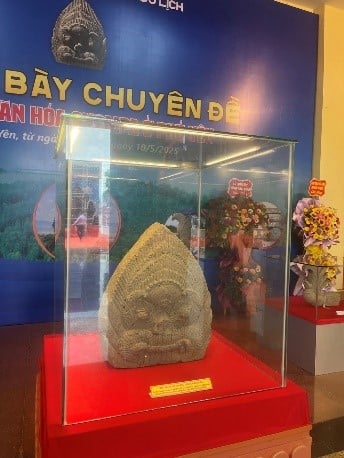
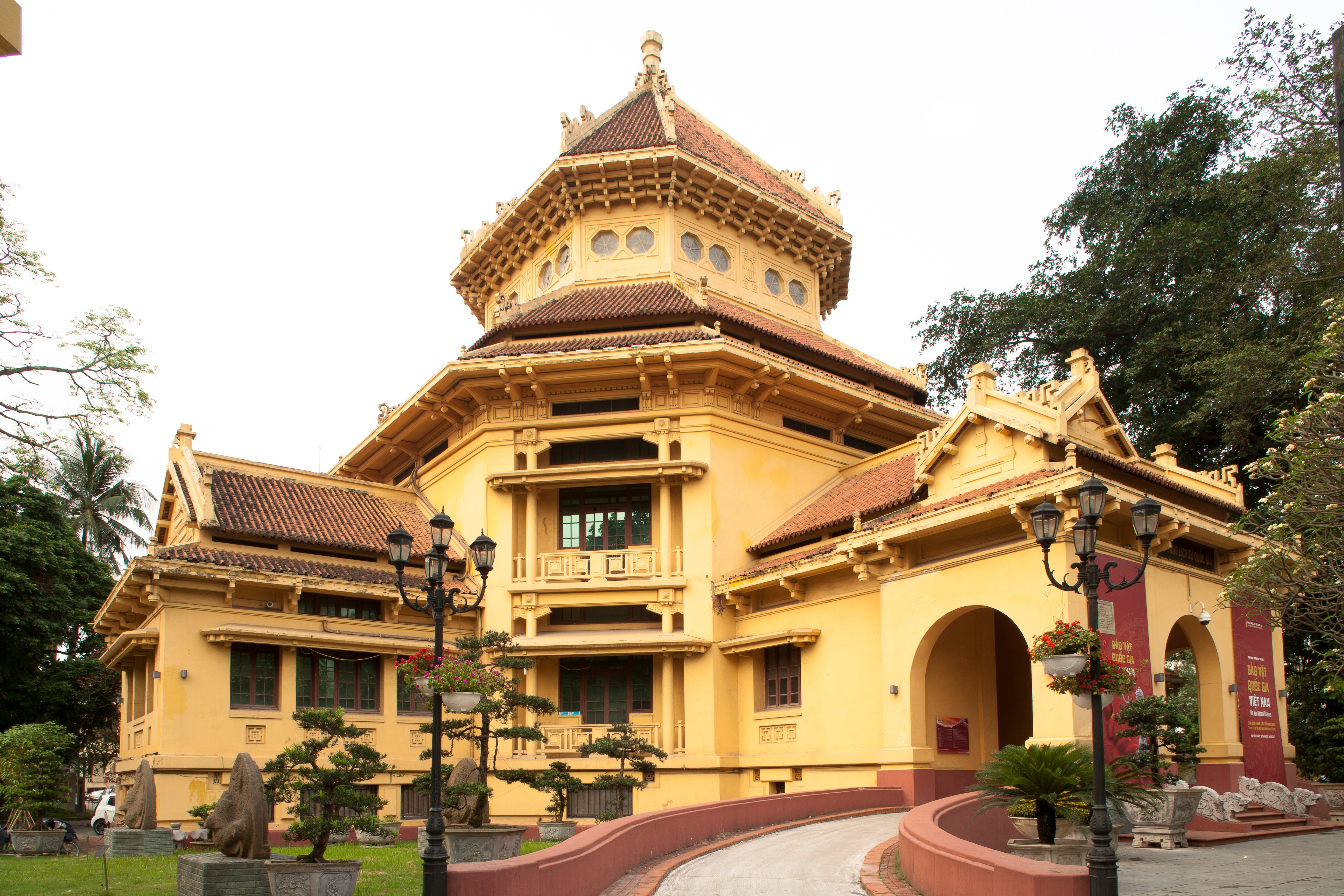






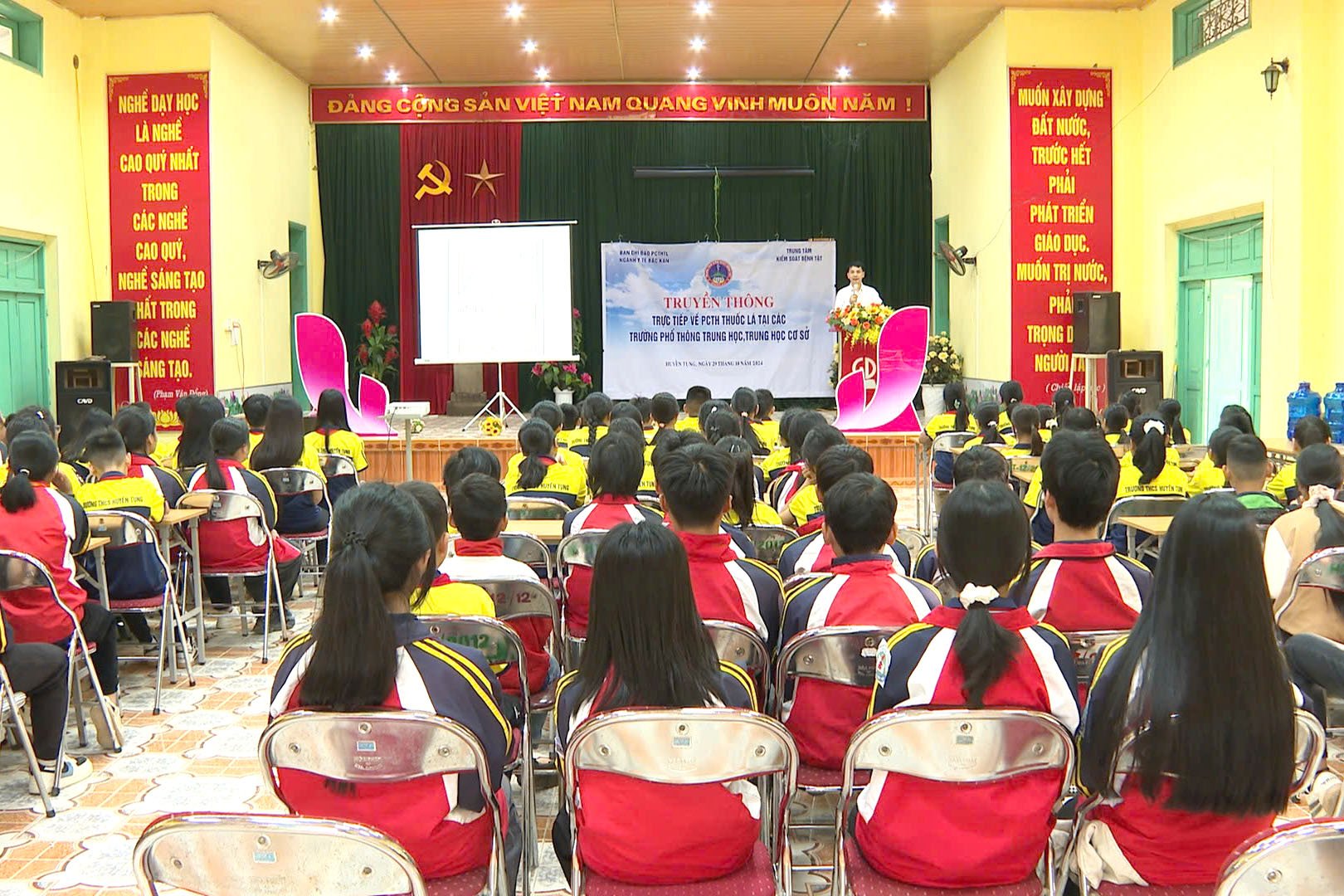
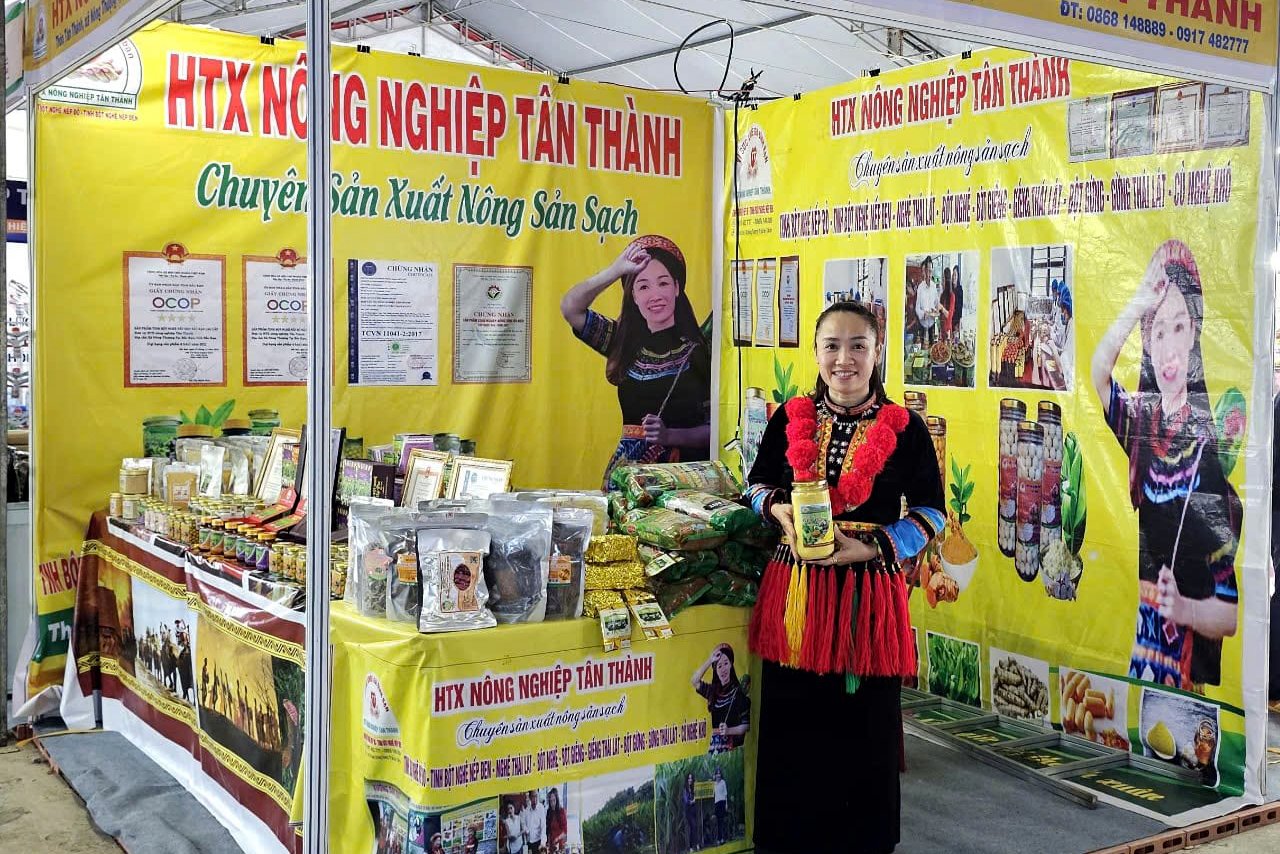
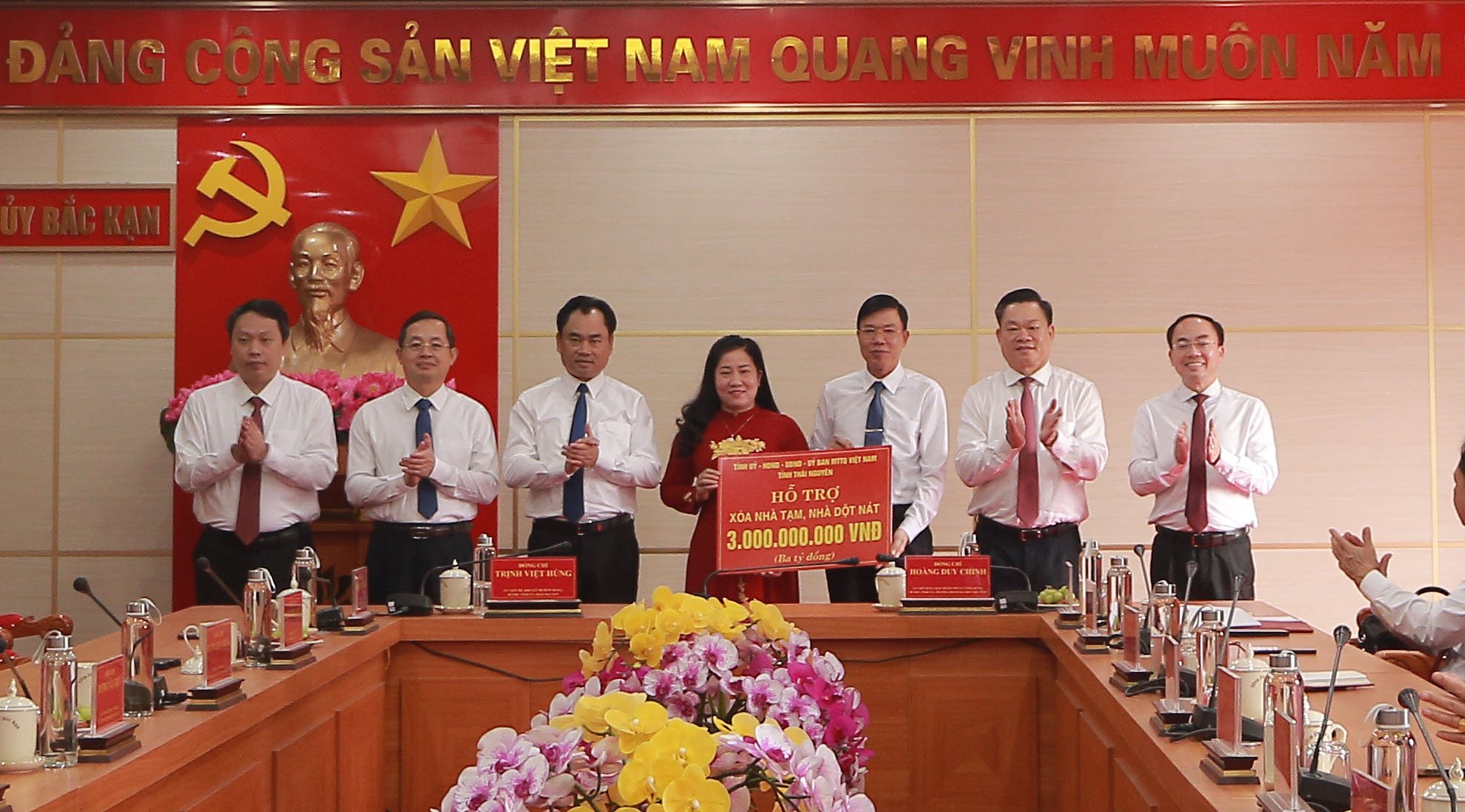
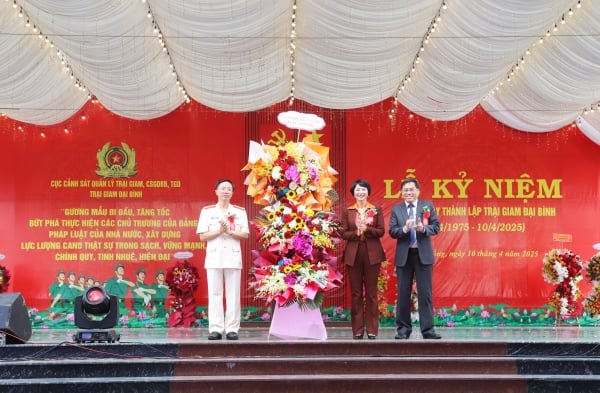

























































Comment (0)